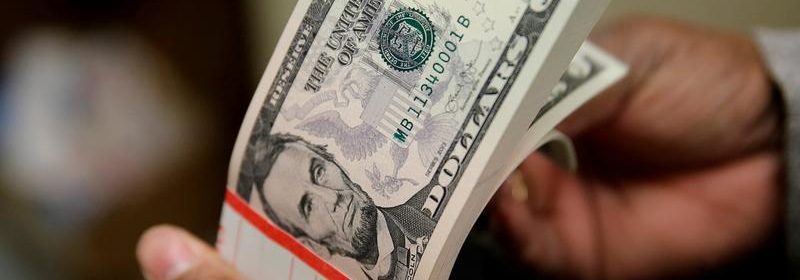Dollar pauses for breath, hovers below 16-month top

HONG KONG (Reuters) – The dollar hovered below a 16-month peak in Asian trade on Thursday, losing ground on the New Zealand dollar, after having fallen against the pound and yen overnight as traders assessed whether the U.S. currency’s recent surge was starting to stall.
Markets’ assessment of global central banks’ differing responses to rising inflation have largely driven currencies in recent weeks.
On Thursday, the New Zealand dollar jumped 0.38% to $0.7023 after a central bank survey showed near-term inflation is expected to rise in the fourth quarter.
The day before, sterling rose 0.5% to a one-week high against the dollar after a spike in Britain’s October inflation piled pressure on the Bank of England to hike rates at its meeting next month.
The British currency was last at $1.3502, up slightly on the day.
Against the Japanese currency, the dollar inched down to as low as 113.86 yen on Thursday but was still in sight of Wednesday’s 4-1/2-year high of 114.97.
On Thursday the euro was at $1.1327, languishing near a 16-month low.
Strong U.S. retail sales data earlier this week added fuel to the dollar’s recent rally, which started last week after a strong U.S. inflation print bolstered market bets that the Federal Reserve will have to raise rates around the middle of next year.
The dollar index, which measures the currency against a basket of six rivals, hit its highest since mid July 2020 on Wednesday at 96.226.
However, “the sustainability of the current dollar strength beyond the next few months looks far from certain,” said Luc Luyet, FX strategist at Pictet Wealth Management.
“Market expectations of the Fed are starting to be particularly hawkish, suggesting limited tailwinds for the U.S. dollar going forward from that factor.”
Others, however, saw a drop in the dollar as a chance to buy.
“Dips have been hard to come by lately, but anything into the low-95s looks like a buying opportunity,” said analysts at Westpac in a note.
Elsewhere, commodity currencies were hurt by oil prices, which slumped to six-week lows. [O/R]
The Canadian dollar was at 1.2622 per U.S. dollar, at a six-week low. Markets are expecting the Bank of Canada to start raising interest rates early next year.
The Australian dollar was at $0.7263, also at a six-week low.
Bitcoin was at around $60,000, off 0.6%.
Source: Read Full Article
